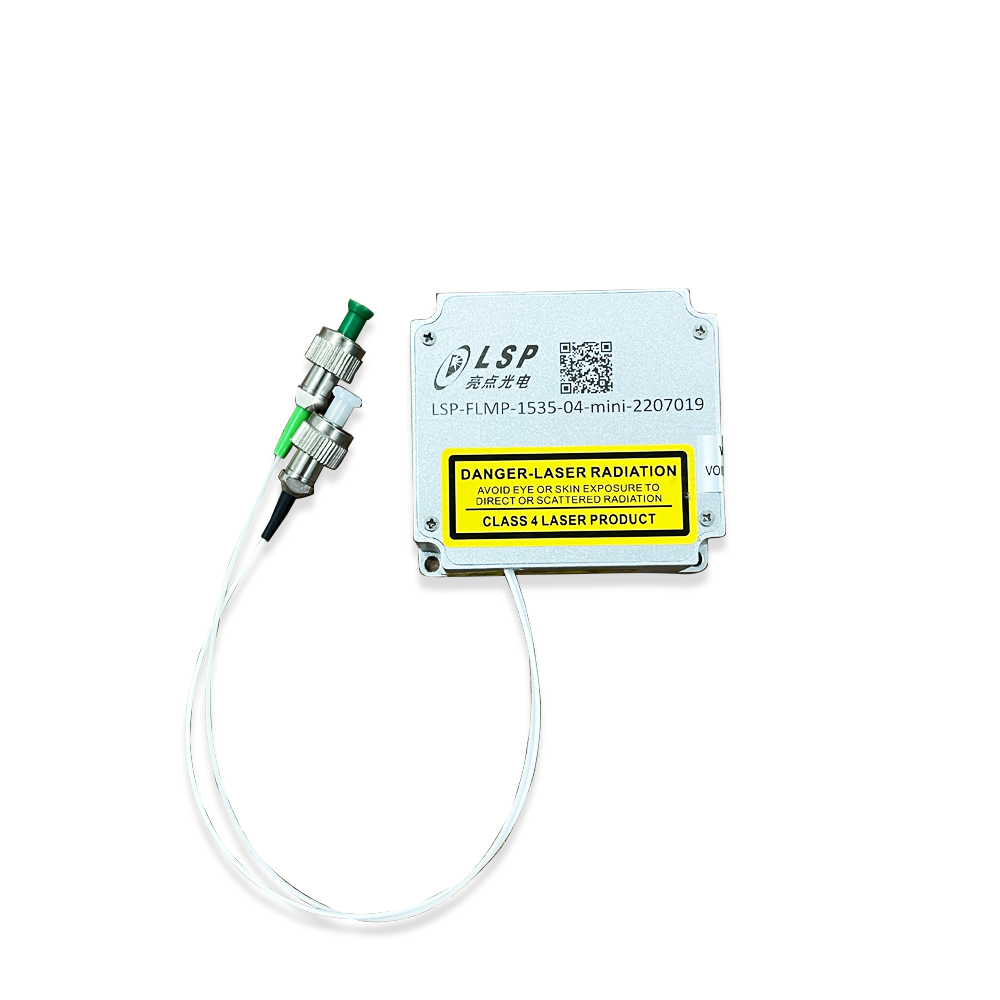Subscribe to Our Social Media For Prompt Post
LiDAR (Light Detection and Ranging) technology has seen explosive growth, primarily due to its wide-ranging applications. It provides three-dimensional information about the world, which is indispensable for the development of robotics and the advent of autonomous driving. The shift from mechanically expensive LiDAR systems to more cost-effective solutions promises to bring significant advancements.
Lidar light source applications of the main scenes which are: distributed temperature measurement, automotive LIDAR, and remote sensing mapping, click to learn more if you are interested.
Key Performance Indicators of LiDAR
LiDAR's main performance parameters include laser wavelength, detection range, Field of View (FOV), ranging accuracy, angular resolution, point rate, number of beams, safety level, output parameters, IP rating, power, supply voltage, laser emission mode (mechanical/solid-state), and lifespan. LiDAR's advantages are evident in its broader detection range and higher precision. However, its performance significantly decreases in extreme weather or smoky conditions, and its high data collection volume comes at a considerable cost.
◼ Laser Wavelength:
Common wavelengths for 3D imaging LiDAR are 905nm and 1550nm. 1550nm wavelength LiDAR sensors can operate at higher power, enhancing detection range and penetration through rain and fog. The primary advantage of 905nm is its absorption by silicon, making silicon-based photodetectors cheaper than those required for 1550nm.
◼ Safety Level:
The safety level of LiDAR, particularly whether it meets Class 1 standards, depends on the laser output power over its operational time, considering the wavelength and duration of laser radiation.
Detection Range: LiDAR's range is related to the reflectivity of the target. Higher reflectivity allows for longer detection distances, while lower reflectivity shortens the range.
◼ FOV:
LiDAR's Field of View includes both horizontal and vertical angles. Mechanical rotating LiDAR systems typically have a 360-degree horizontal FOV.
◼ Angular Resolution:
This includes vertical and horizontal resolutions. Achieving high horizontal resolution is relatively straightforward due to motor-driven mechanisms, often reaching 0.01-degree levels. Vertical resolution is related to the geometric size and arrangement of emitters, with resolutions typically between 0.1 to 1 degree.
◼ Point Rate:
The number of laser points emitted per second by a LiDAR system generally ranges from tens to hundreds of thousands of points per second.
◼ Number of Beams:
Multi-beam LiDAR uses multiple laser emitters arranged vertically, with motor rotation creating multiple scanning beams. The appropriate number of beams depends on the requirements of the processing algorithms. More beams provide a fuller environmental description, potentially reducing algorithmic demands.
◼ Output Parameters:
These include the position (3D), speed (3D), direction, timestamp (in some LiDARs), and reflectivity of obstacles.
◼ Lifespan:
Mechanical rotating LiDAR typically lasts a few thousand hours, while solid-state LiDAR can last up to 100,000 hours.
◼ Laser Emission Mode:
Traditional LiDAR uses a mechanically rotating structure, which is prone to wear and tear, limiting lifespan. Solid-state LiDAR, including Flash, MEMS, and Phased Array types, offers more durability and efficiency.
Laser Emission Methods:
Traditional laser LIDAR systems often employ mechanically rotating structures, which can lead to wear and limited lifespan. Solid-state laser radar systems can be categorized into three main types: Flash, MEMS, and phased array. Flash laser radar covers the entire field of view in a single pulse as long as there is a light source. Subsequently, it employs the Time of Flight (ToF) method to receive relevant data and generate a map of the targets around the laser radar. MEMS laser radar is structurally simple, requiring only a laser beam and a rotating mirror resembling a gyroscope. The laser is directed towards this rotating mirror, which controls the laser's direction through rotation. Phased array laser radar utilizes a microarray formed by independent antennas, allowing it to transmit radio waves in any direction without the need for rotation. It simply controls the timing or array of signals from each antenna to direct the signal to a specific location.
Our Product: 1550nm Pulsed Fiber Laser (LDIAR Light Source)
Key Features:
Peak Power Output: This laser has a peak power output of up to 1.6kW (@1550nm, 3ns, 100kHz, 25℃), enhancing signal strength and extending range capability, making it a vital tool for laser radar applications in various environments.
High Electro-Optical Conversion Efficiency: Maximizing efficiency is crucial for any technological advancement. This pulsed fiber laser boasts outstanding electro-optical conversion efficiency, minimizing energy wastage and ensuring that most of the power is converted into useful optical output.
Low ASE and Nonlinear Effects Noise: Accurate measurements require minimizing unnecessary noise. The laser source operates with extremely low Amplified Spontaneous Emission (ASE) and nonlinear effects noise, guaranteeing clean and accurate laser radar data.
Wide Temperature Operating Range: This laser source operates reliably within a temperature range of -40℃ to 85℃ (@shell), even in the most demanding environmental conditions.
Additionally, Lumispot Tech also offers 1550nm 3KW/8KW/12KW pulsed lasers (as shown in the image below), suitable for LIDAR, surveying, ranging, distributed temperature sensing, and more. For specific parameter information, you can contact our professional team at sales@lumispot.cn. We also provide specialized 1535nm miniature pulsed fiber lasers commonly used in automotive LIDAR manufacturing. For more details, you can click on "High Quality 1535NM MINI PULSED FIBER LASER FOR LIDAR."
Post time: Nov-16-2023




.png)